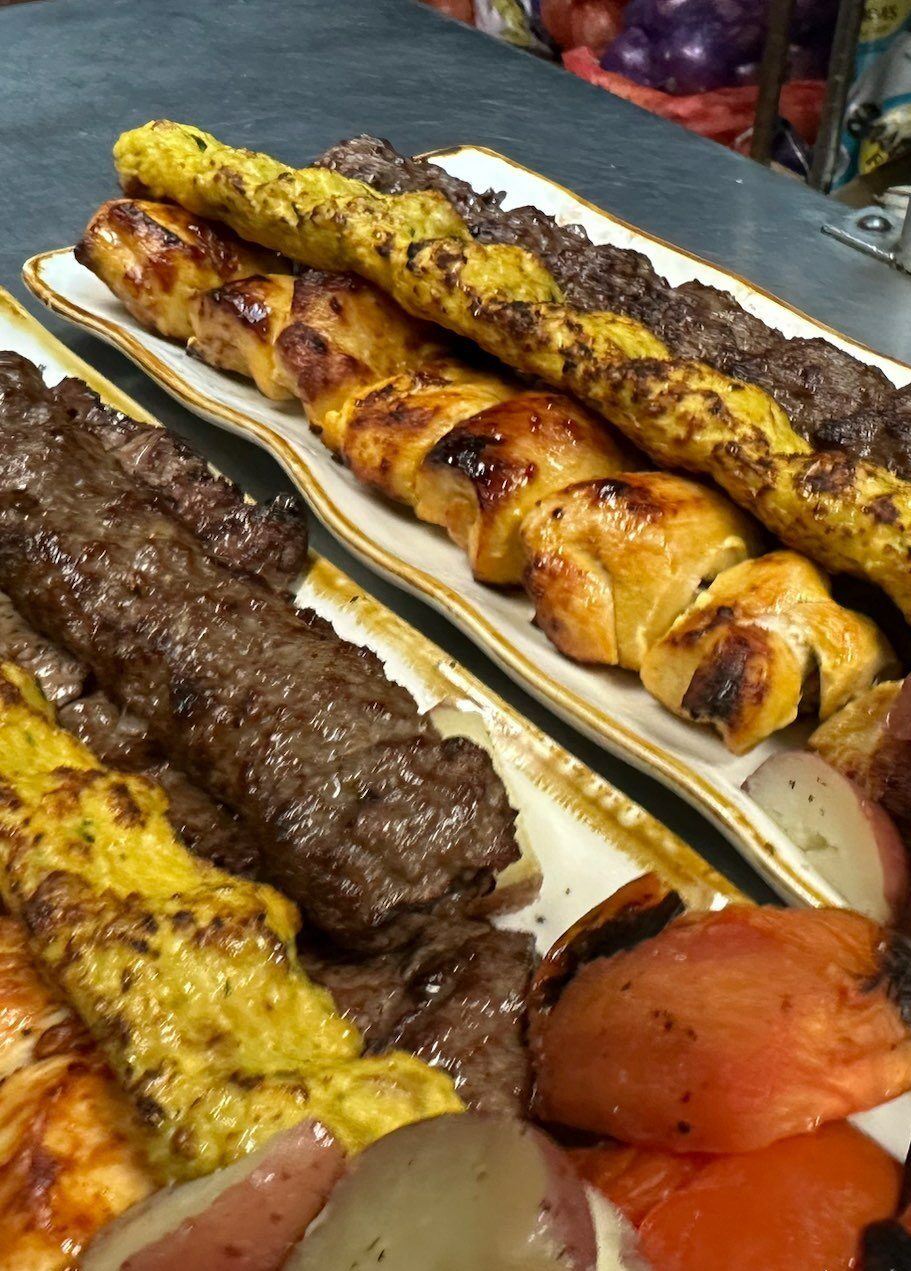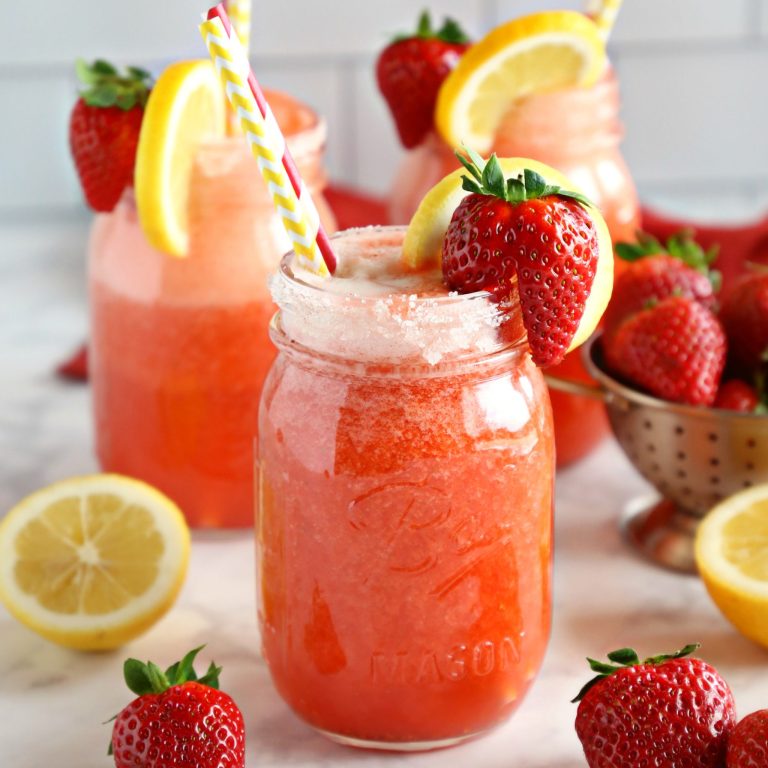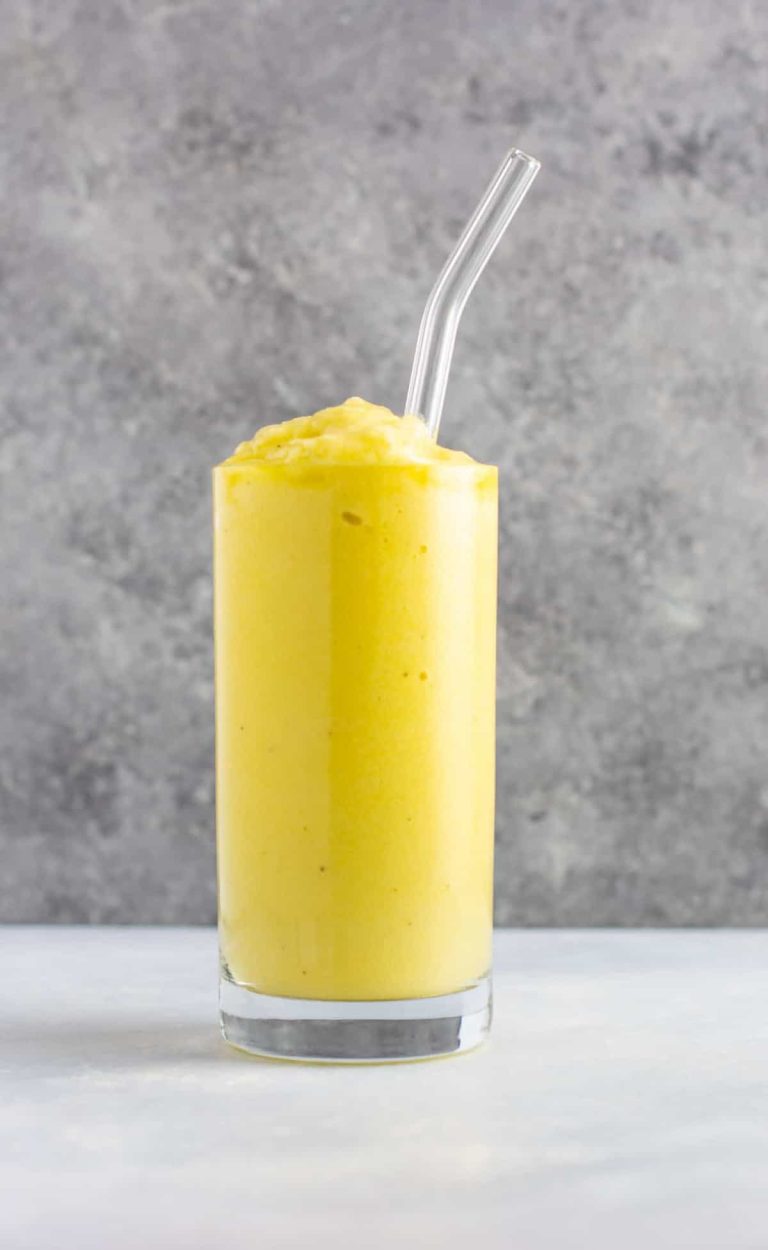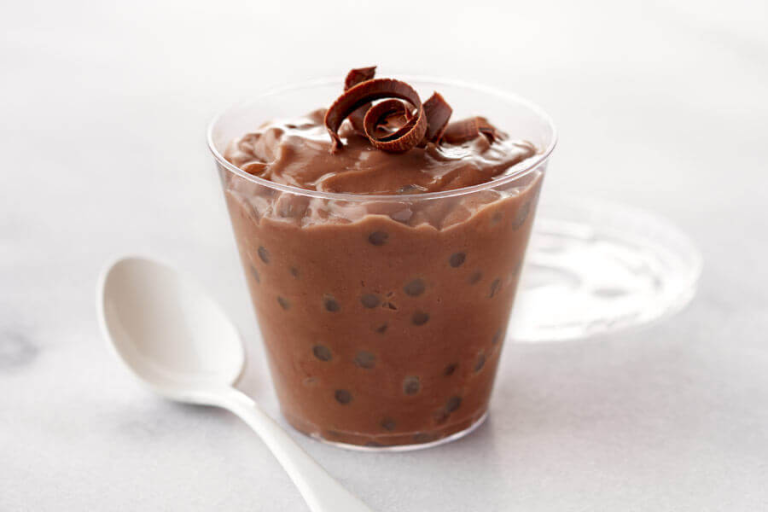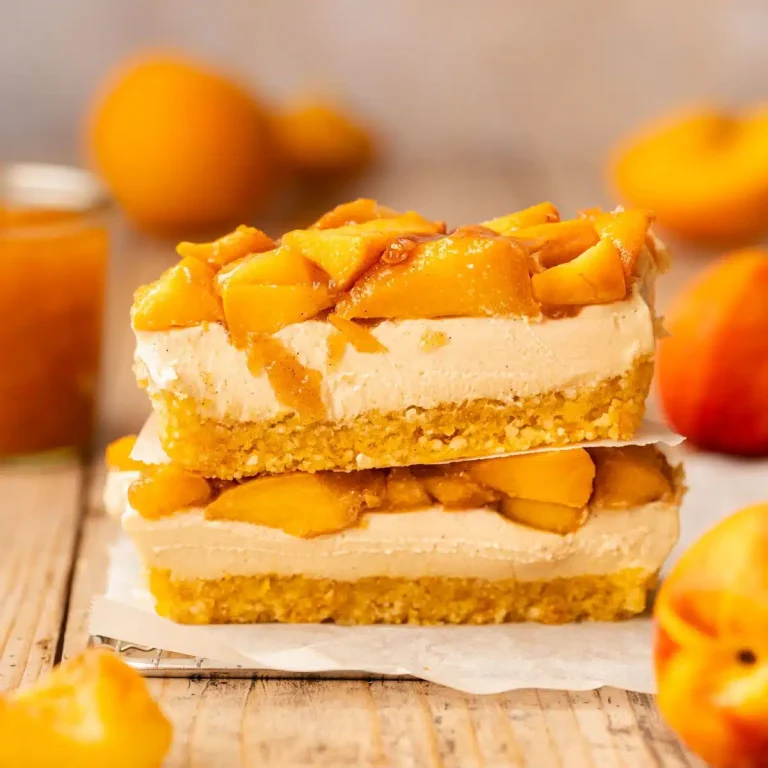Kabab Barg: A Deep Dive into Persian Grilled Perfection and Nutritional Benefits
Kabab Barg, a staple of Persian cuisine, has roots extending back to ancient Persia. Historical accounts highlight its presence in royal banquets, symbolizing hospitality and culinary expertise. The name “Barg” translates to “leaf” in Persian, referring to the thin, leaf-like slices of meat traditionally used in the dish. This kebab has evolved through centuries, maintaining its esteemed place in Persian culinary heritage.
Key Ingredients
Kabab Barg typically uses either lamb or beef, offering flexibility in choice. The marinade usually consists of ingredients like saffron, garlic, onion, olive oil, salt, and pepper. Saffron, a signature Persian spice, imparts a distinct color and flavor. Freshly ground black pepper adds subtle heat, while olive oil aids in tenderizing the meat. Common accompaniments include grilled tomatoes, sumac, and saffron rice, rounding out this flavorful dish effectively.
How Kabab Barg is Prepared
Marinating the Meat
Marinate the thin slices of lamb or beef for Kabab Barg to ensure flavor and tenderness. Mix saffron, garlic, onion, olive oil, salt, and pepper in a large bowl. Saffron imparts a unique color and aromatic flavor to the meat. Crush the garlic and finely chop the onion before adding them to the marinade. Olive oil aids in meat tenderization. Coat the meat evenly with the marinade and let it rest refrigerated for at least 4-6 hours, or overnight for optimal results.
Grilling Techniques
Grill Kabab Barg using either a charcoal grill or a gas grill, ensuring direct heat. Preheat the grill to high heat for even cooking. Skewer the marinated meat slices to prepare for grilling. Place the skewers on the grill, ensuring they are positioned directly over the heat source. Grill each side for about 3-4 minutes until the meat reaches medium-rare or your desired doneness. Rotate the skewers to cook the meat evenly. Serve the Kabab Barg immediately with accompaniments like grilled tomatoes, sumac, and saffron rice for a complete meal.
Nutritional Value of Kabab Barg
Health Benefits
Kabab Barg offers numerous health benefits due to its high-quality ingredients. The dish typically uses lamb or beef, both excellent protein sources. Protein is essential for muscle repair, immune function, and cell growth. The incorporation of saffron not only adds flavor but also provides antioxidants, which help reduce inflammation and oxidative stress. Garlic, another key ingredient, supports heart health by promoting healthy blood flow and reducing cholesterol levels. Olive oil, used in the marinade, contains healthy fats that enhance brain function and lower bad cholesterol.
Caloric Information
A typical serving of Kabab Barg provides around 300-400 calories, depending on the meat cut and portion size. The protein content, roughly 25-30 grams per serving, supports muscle maintenance and satiety. The dish contains a moderate amount of fat, primarily from olive oil and the meat itself, contributing to 20-25 grams of fat per serving. Carbohydrates, primarily from grilled accompaniments like tomatoes and served rice, add around 30-40 grams. Combining these ingredients balances macronutrients to offer a satiating meal that sustains energy levels.
Serving and Presentation Tips
Traditional Accompaniments
Pair Kabab Barg with saffron rice, also known as “Chelo”. Enhance the presentation by placing the kebab on the rice and surrounding it with grilled tomatoes and onions. Use fresh herbs like parsley or mint on the side. Offer sumac and lemon wedges as condiments to add a tangy flavor.
Modern Twists
Experiment with different presentations to give Kabab Barg a contemporary appeal. Serve it with quinoa salad or roasted vegetables for a healthier option. Substitute traditional saffron rice with cauliflower rice for a low-carb alternative. Garnish with microgreens or drizzle with a yogurt-based sauce infused with fresh herbs to add a modern touch while maintaining the dish’s authenticity.
Comparison With Other Persian Kebabs
Kabab Koobideh vs. Kabab Barg
Kabab Koobideh features ground meat, typically beef or lamb, mixed with onions and spices. This kebab uses finely minced ingredients which contrast with Kabab Barg’s whole chunks of marinated meat. While Kabab Barg offers a more textured bite from its larger meat pieces, Kabab Koobideh provides a smoother consistency. Both dishes often use saffron and other spices for flavor, ensuring a rich Persian taste. Kabab Koobideh usually grills faster due to its finer meat texture, making it a quicker option compared to Kabab Barg.
Kabab Barg vs. Joojeh Kebab
Joojeh Kebab uses marinated chicken instead of lamb or beef. It features seasoning with ingredients like lemon juice, saffron, and onions. While Kabab Barg often presents a luxurious and tender meat experience, Joojeh Kebab offers a lighter and more citrusy flavor profile. Both dishes share traditional accompaniments, such as saffron rice and grilled vegetables, enhancing their Persian flavors. Due to their leaner protein, chicken pieces in Joojeh Kebab tend to cook faster than the beef or lamb in Kabab Barg, catering to different tastes and cooking times.
Conclusion
Kabab Barg stands out as a flavorful and nutritious choice among Persian kebabs. Whether you prefer the robust taste of marinated lamb or beef or enjoy experimenting with modern twists this dish offers endless possibilities. Pair it with traditional sides or explore new accompaniments to enhance your dining experience. By understanding the unique qualities of Kabab Barg and comparing it to other Persian kebabs like Kabab Koobideh and Joojeh Kebab you can truly appreciate the diversity and richness of Persian cuisine. Enjoy the journey of flavors and textures that Kabab Barg brings to your table.
